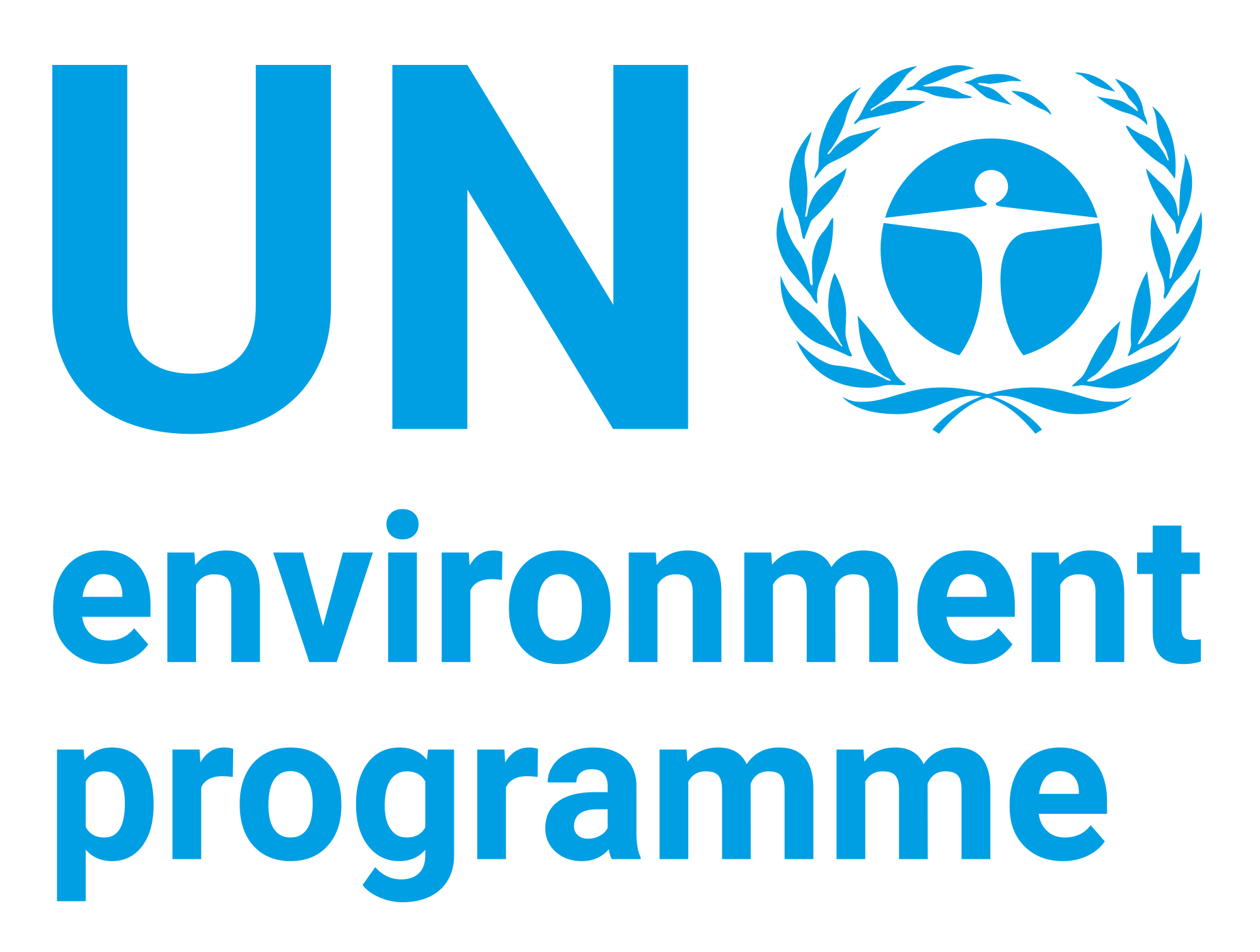| dc.contributor | Economy Division | en_US |
| dc.contributor.author | United Nations Environment Programme | en_US |
| dc.date.accessioned | 2019-11-05T08:57:43Z | |
| dc.date.available | 2019-11-05T08:57:43Z | |
| dc.date.issued | 2019 | |
| dc.identifier.uri | https://wedocs.unep.org/20.500.11822/30664 | |
| dc.description | This section provides guidance on how stakeholders can encourage and support companies of all sizes to improve their sustainability reporting, specifically by ensuring that the companies cover all material topics – the full scope of their impact. To enable government actors, policymakers and key stakeholders to understand the importance of materiality this section includes the following:
1. An overview of the sustainability reporting process to put materiality in context. 2. A detailed review of the two main approaches to addressing materiality; undertaking a materiality assessment or following sector-specific guidelines. At the end, summary guidance is provided for government actors and stakeholders on how to ensure that materiality is effectively addressed by companies of all sizes. | en_US |
| dc.format | Text | en_US |
| dc.language | English | en_US |
| dc.relation.ispartof | Enhancing the Uptake and Impact of Corporate Sustainability Reporting: A Handbook and Toolkit for Policymakers and Relevant Stakeholders | en_US |
| dc.rights | Public | en_US |
| dc.subject | sustainability | en_US |
| dc.subject | sustainable development | en_US |
| dc.title | Materiality and Sector Guidelines - Enhancing the Uptake and Impact of Corporate Sustainability Reporting: A Handbook and Toolkit for Policymakers and Relevant Stakeholders Section B.2 | en_US |


